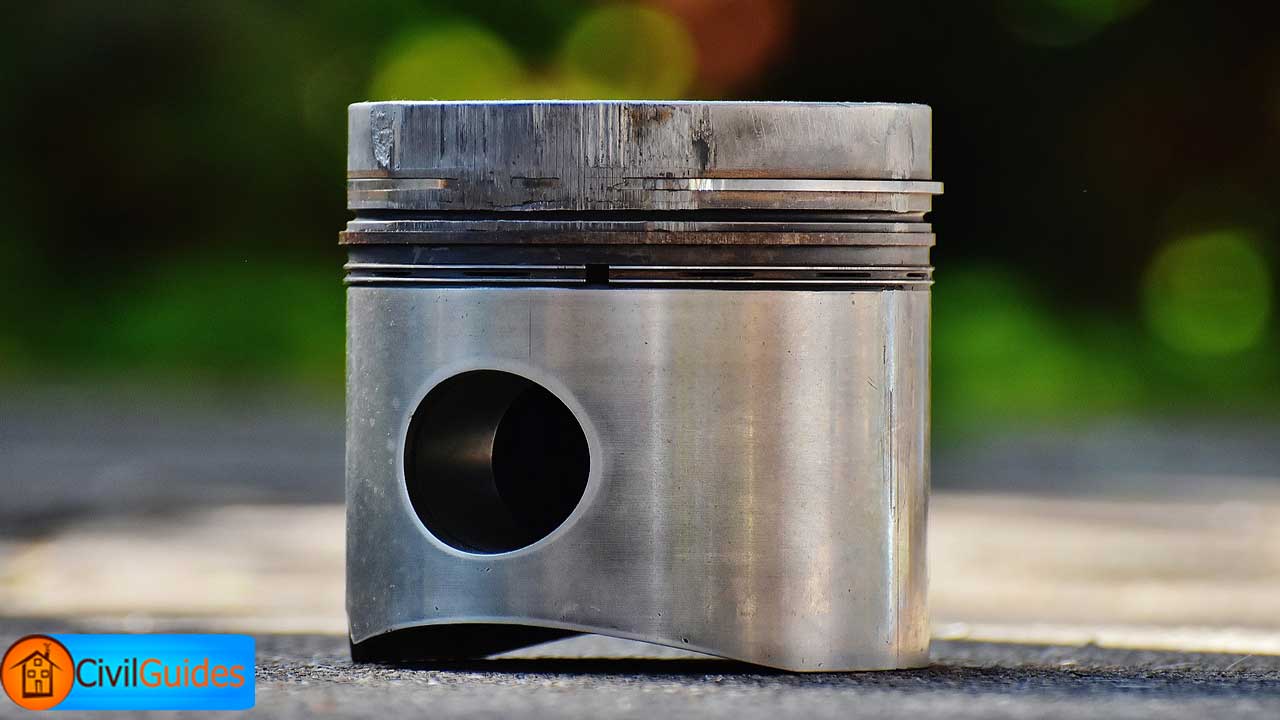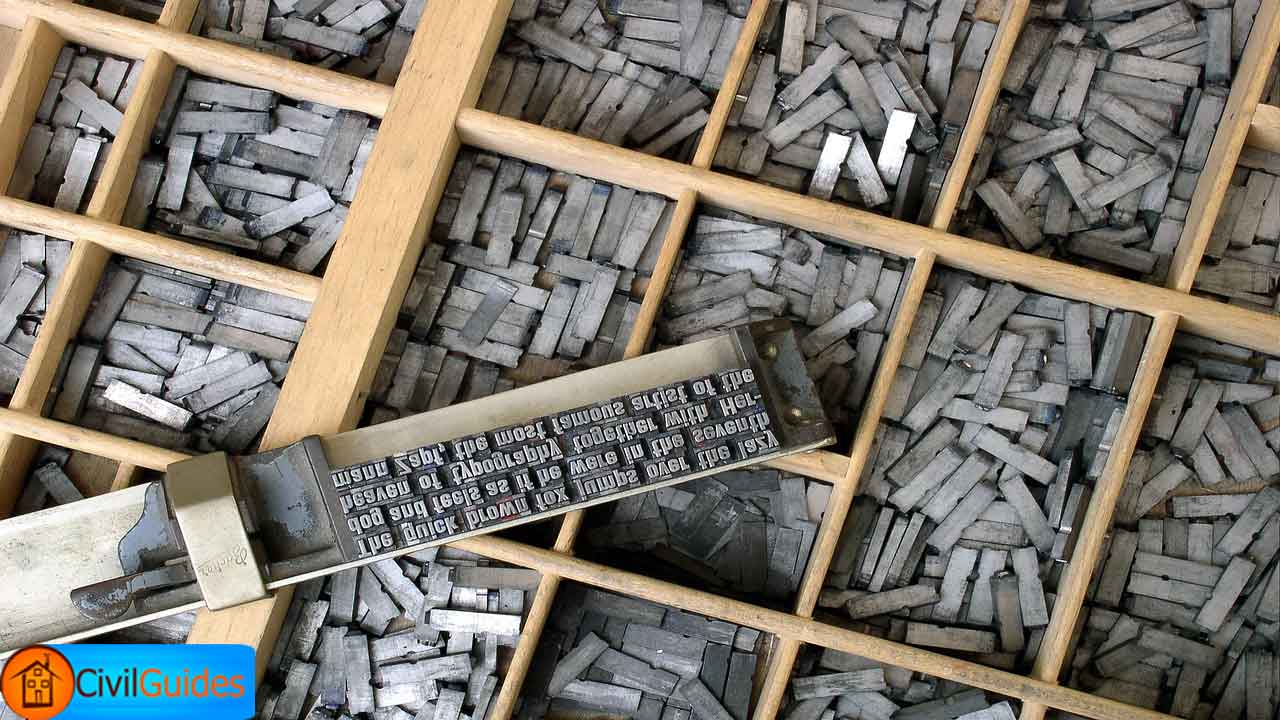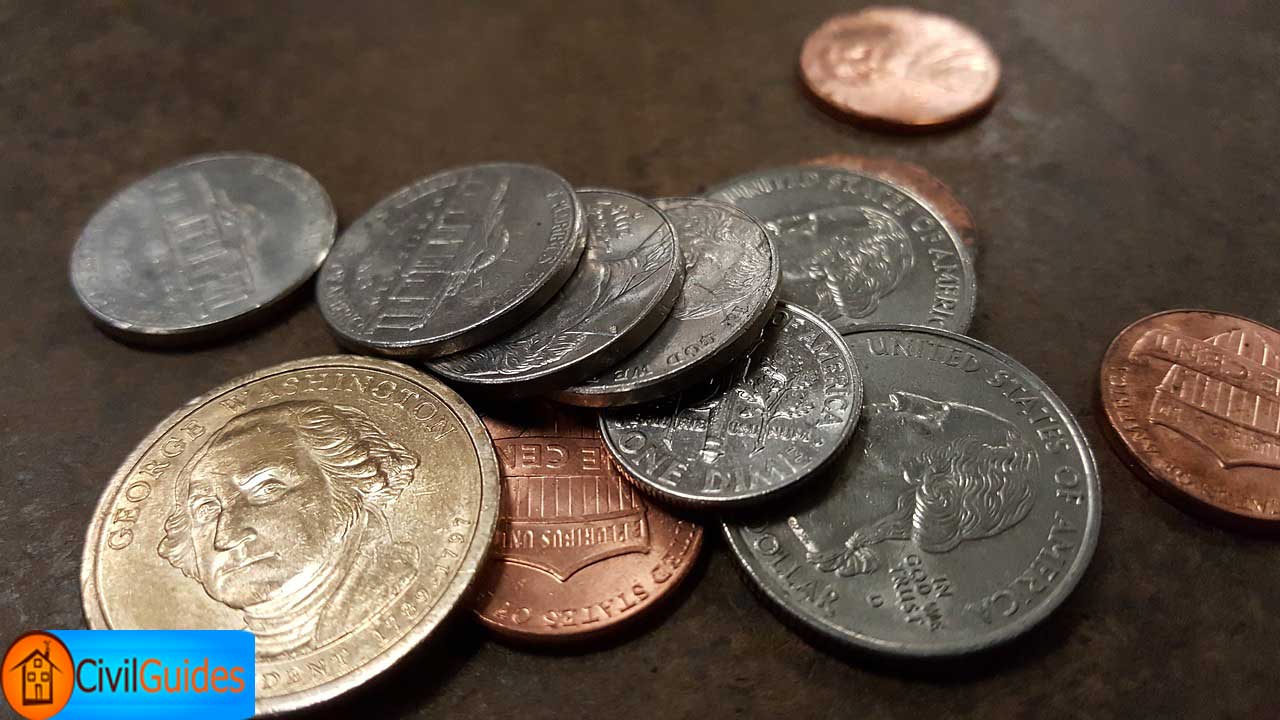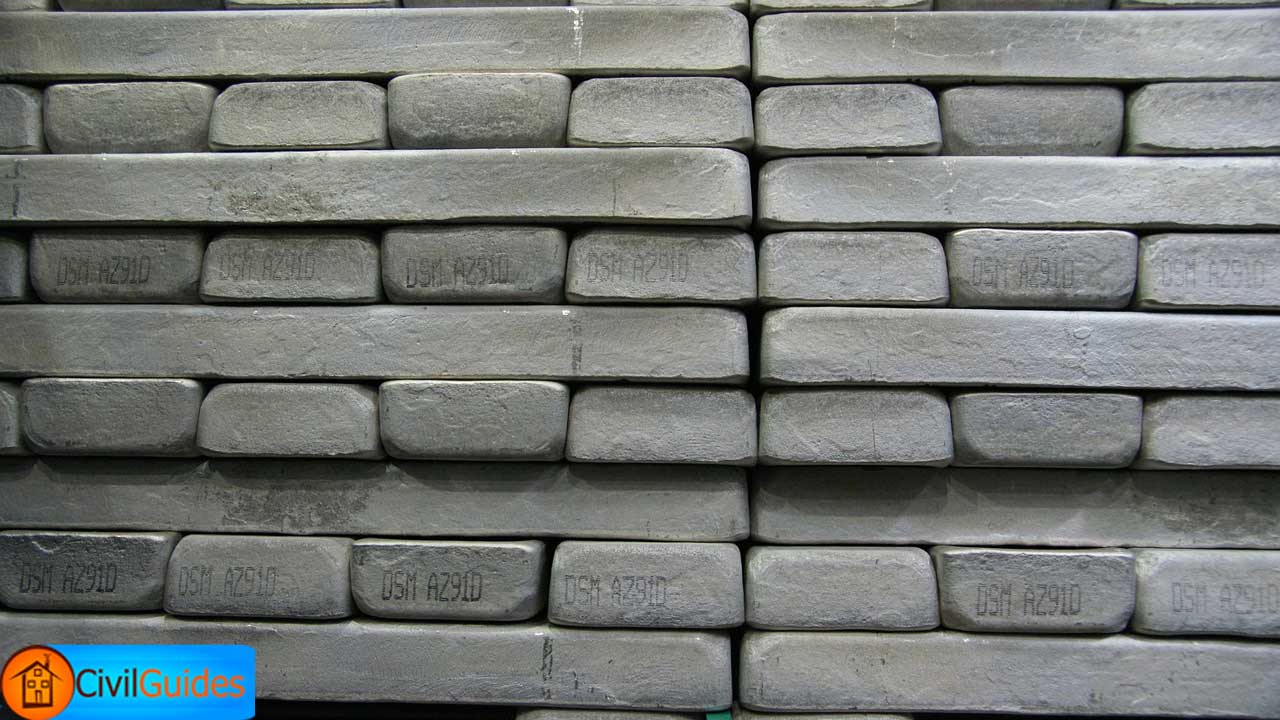In this article, you are going to learn in details, What is Non-Ferrous Metal? Types and List of Non-Ferrous Metals, its properties, uses, etc.
Stay Tuned.
What is Non-Ferrous Metal?
Non-ferrous metals are those which do not contain iron as main constituent or base metal.
Non-ferrous metals have industrial applications because of their case of fabrication (like rolling, forging, casting, welding, and machining), electrical and thermal conductivity, resistance to corrosion, light-weight, etc.
However, at high temperatures, their strength is lowered, and shrinkage is more than ferrous metals. The principal non-ferrous metals used in engineering applications are Copper, Aluminum, Zinc, Tin, Lead, Cobalt, Nickel, Chromium, Magnesium, and their alloys.
Ferrous Metals like steel and iron is used commonly in buildings and engineering industries. However, many non-ferrous metals and their alloys have also been used to great advantage in both buildings and engineering industries.
In fact, in some cases, they form far better materials than iron and steel and have replaced them to a great extent.
However, the non-ferrous metals are comparatively costlier and are selected for use only when they satisfy certain specific requirements and possess some definite properties.
Following are the special advantages of non-ferrous metals over ferrous metals in some selected areas.
In Civil Engineering Construction, Aluminum and some of its alloys offer a very suitable alternative material to steel in some special engineering construction. Thus, wrought aluminum alloys are:
- Economical;
- Resistant to Corrosion;
- Light in weight;
Compared to steels, they have been used in, i.e., construction of bridges and roofs in situations where not much strength is required.
In these situations, they have been found to save 50% of extra weight.
In Engineering Industries, Copper, zinc, nickel, and chromium in their pure and alloyed forms have been used as materials in situations where:
- High tensile strength is required at elevated temperatures.
- High ductility and malleability are required.
- High resistance to heat is required.
- High electrical conductivity is required.
In the above fields and situations, mostly non-ferrous metals are used.
Non-Ferrous Metals List; Its Types, Properties, Uses.
1. Aluminum:
Aluminum is mainly obtained from bauxite ore.
Aluminum is a very common component (about 8 percent ) of the earth crust, the most common ore of aluminum is Bauxite (Al2O3. n H2O). As a metal, aluminum was first discovered in 1825.
Aluminum is highly resistant to corrosion. When exposed to moist air, aluminum forms a thin film of oxide at the top, which is impervious to air/moisture, and thus saves the metal from further corrosion.
Properties of Aluminum.
Following are some important properties of this metal.
1. It is silvery-white metal and shows brilliant luster when fresh.
2. It is an excellent conductor of heat and electricity.
3. It is light in weight with a specific gravity of about 2.7.
4. It is a good reflector of light.
5. It is non-magnetic and has high resistance to corrosion.
6. It is soft, tough, malleable, and ductile.
7. It is very ductile and can be transformed into any shape by rolling, stamping, extruding, forging, drawing, and spinning.
8. Its melting temperature is about 658°C.
9. It has high tensile strength.
10. It can also be cast into any shape by any method of casting, i.e., die casting, chill casting, and sand casting.
11. It is resistant to organic acids, salt solutions, etc.
12. It has a tensile strength of about 900kg/cm2 in the annealed condition. It can be improved to 1600kg/cm2 by the hard-rolling method.
Uses of Aluminum:
1. It is used in the manufacturing of equipment for chemical and food industries, cooking utensils, cookers, steam-jacketed kettles, etc.
2. Due to its lightweight and high tensile strength, it is used in structural work of airplanes, ships, trains, buses, trucks, etc. And also used for roofing, sheathing, window frames, foils, posts, etc.
3. It is used for manufacturing of electric cables.
4. Used for manufacturing of reflectors and mirrors.
5. Aluminum powder is used for preparing paints.
6. It is used in iron and steel making as a de-oxidizer.
Aluminum Alloys:
Following are alloys of aluminum.
- Wrought aluminum alloys.
- Casting aluminum alloys.
2. Copper:
Copper is extracted from copper ores such as copper pyrites, etc.
Metallic copper and its various alloys have been used in engineering industries and for many other activities from 100 of years.
This is due to some of the useful properties of copper.
Properties of Copper:
Some of the most important properties of copper are as under:
1. It is soft, strong, tough, malleable, and ductile.
2. It is very malleable and ductile so that it can be converted into any desired shape.
3. It has excellent joining properties, i.e., it can be joined by almost all the common methods: welding, soldering, brazing, and riveting.
4. It becomes brittle just before melting.
5. It can be forged, soldered, rolled and drawn into wires.
6. It has good resistance to corrosion.
7. It is a good conductor of both heat and electricity next to silver.
8. It forms excellent alloys.
9. It is reddish-brown in color.
10. Its specific gravity is 8.93.
11. It has a melting point of 1083°C.
Uses of Copper.
1. It is used for making cables and wires for electric applications.
2. It is used for electroplating.
3. Used for manufacturing of utensils and making of copper alloys.
4. It is used for making of munitions and tubes in engineering applications.
Copper Alloys:
Following are the alloys of copper:
- Brasses.
- Bronzes.
3. Lead:
Lead has been used for centuries in buildings and other engineering industries. Lead is extracted from three chief ore minerals.
- Galena
- Cerrussite
- Anglesite
Properties of Lead:
The metallic lead has the following properties.
1. It has bluish Grey color.
2. It has typically brilliant luster.
3. It has a high density – 11.35 g/cm3.
4. It has a low melting point of 327 centigrade.
5. It has a high boiling point of 1744 centigrade.
6. It is very good at resisting corrosion.
Lead Alloys:
In general, lead doesn’t form many alloys. Its alloying capacity is limited because of its low melting point. Following are the important alloys of lead.
- Solder
- Terne plate
- Type metal
- Bearing metal
4. Zinc:
Zinc is another non-ferrous metal. It is obtained from zinc ores like zinc blends and calamine. The chief ore mineral of zinc is sulfide called sphalerite.
Smithsonite, Zincite (ZnO) and Calamine (ZnCO3) are other common zinc minerals.
Zinc Properties:
Following are some important properties of Zinc.
1. It is bluish-white in color and has bright luster.
2. It resists corrosion.
3. It is brittle at normal temperature.
4. It becomes malleable and ductile when heated to a temperature of 100 to 150°C. Hence, at this temperature, it can be rolled into sheets and drawn into wires.
5. It has a density of 7.14 g/ml.
6. It has a melting point of 419 centigrade and boiling point of 907 centigrade.
7. It has a tensile strength of 700-1400 kg/cm2.
8. Commercial zinc (spelter) is easily attacked by acids.
9. Zinc surface is covered by a dull basic zinc carbonate in moist air.
5. Nickel:
Nickel was first discovered in 1750. It is manufactured from its sulfide ore named pentlandite [NiFe(S)].
The ore is first concentrated by froth flotation process and then roasted and smelted like other non-ferrous metals.
Nickel Properties:
Following are some important properties of nickel.
1. It is the strongest metal in all the non-ferrous metals, having tensile strength ranges from 4200-8400 kg/cm2.
2. It is highly resistant to many types of corrosion. Thus it can withstand in water, moisture, atmospheric gases, etc.
3. Its modulus of elasticity, thermal and electrical conductivity is the same as steel.
4. It is highly malleable and ductile.
5. Its density is 8.9 g/cm3.
6. It has a melting point of 1455 centigrade.
6. Magnesium:
Magnesium forms the lightest materials used in structural engineering. It has a set of properties that make it suitable as an engineering material.
Magnesium Properties and uses:
Magnesium is a very useful metal both as a pure metal and in alloys its main properties are as follows:
1. It is very light with a specific gravity of 1.74.
2. It has a melting point of 650 centigrade, which is similar to that of aluminum.
3. It has poor corrosion resistance.
4. It has quite a high thermal conductivity and a high coefficient of thermal expansion.
5. It forms very useful alloys with some metals like aluminum, thorium, zinc, zirconium, and tin, etc.
Read Also: Ferrous Metals; Its Types, Uses, Properties [Complete Guide]






Very helpful page indeed.
Awesome guide. It would be nice if there’s a link for the alloys explaining what metal its mixed and why.
Very helpful and good to study